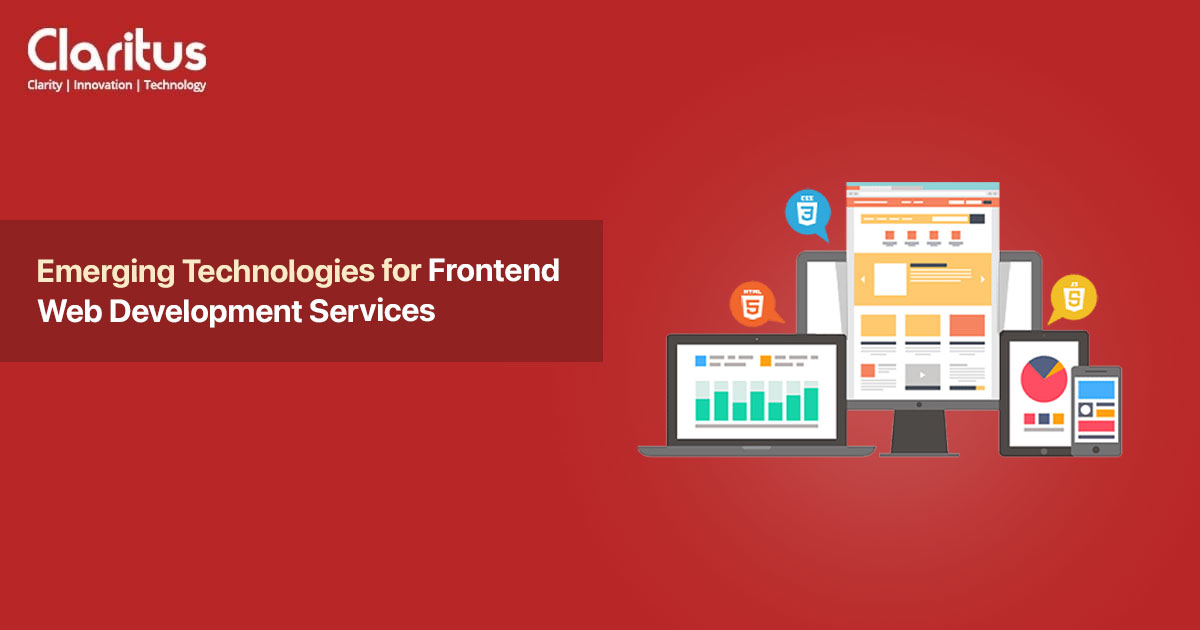Emerging Technologies for Frontend Web Development Services
Let’s talk about something exciting in the online world – Frontend Web Development Services. It’s 2024, and things like Augmented Reality (AR), Virtual Reality (VR), Voice User Interfaces (VUI), and the Internet of Things (IoT) are changing the game. These tech trends are super cool, but they also bring some challenges to the table for Frontend Development Services. We’re going to dive into how these technologies are reshaping the industry and what that means for businesses like yours.
Augmented Reality (AR) and Frontend Web Development Services
The rapid advancement of augmented reality (AR) capabilities presents exciting new opportunities for enhancing frontend experiences – as well as unique development challenges along the way. On the opportunity front, as a frontend web development services provider, augmented reality enables more immersive and engaging user interfaces by seamlessly overlaying digital content onto the physical environment. For example, e-commerce sites can let users visualize products in their own living spaces before buying. Educational sites can overlay digital models onto the world for more interactive learning. Developers can tap into AR toolkits to build these next-generation hybrid experiences into their frontend code.
However, specialized skills are required to blend AR elements smoothly across platforms and avoid performance issues like latency or inaccurate tracking. Our frontend web development services stay on top of the latest AR best practices so we can provide guidance on the pitfalls to avoid. For frontend development services, we keep up with emerging standards around AR web integration like WebXR, as well, so we can build cross-platform compatible solutions. Augmented reality (AR) holds tremendous promise, but we understand there are UX and technical considerations around smoothly adopting AR.
Internet of Things (IoT) and its Synchronization with Web Interfaces
IoT’s disruptive reach offers Frontend Web Development Services companies such as Claritus ripe opportunities – crafting robust control interfaces, exploring data subscription services, and connecting workflows for automated orchestration. But fragmented connectivity, vulnerable security, and data tsunamis necessitate coordination across languages – fluency in React and infrastructure APIs is crucial.
Adopting modern frontend stacks like React in conjunction with careful backend planning can aid effective IoT integration. Systematic coordination across stacked technology layers is imperative for delivering responsive, secure, and scalable IoT-connected frontend experiences. With frontend web development services, IoT expands the solution canvas tremendously, but only diligent mitigation of its infrastructural constraints can actualize innovative use cases. The technology partnerships required also warrant an interdisciplinary outlook between frontend web development services, backend web development services, and IoT engineers.
Voice User Interfaces (VUI) and Web Accessibility
VUIs created by frontend web development services provide hands-free IoT device voice control, expanding accessibility. However, ambient noise handling, conveying status clearly without visuals, and overall screen reader compatibility pose challenges. New audio spoofing attack surfaces require security vigilance – robust speech model tuning, voice biometrics, and multi-factor authentication help mitigate risks. Multi-modal responsiveness across user abilities and environments necessitates tight coordination between frontend, cloud ML, and accessibility teams. Meticulous design by frontend web development services is key to ensuring ease-of-use with fail-safe security.
Virtual Reality (VR) in Web Experiences
VR technology bridges physical and digital, opening immersive web possibilities for frontend web development services. By building responsive VR web interfaces, users can interactively visualize and manipulate 3D IoT data overlays, enhancing monitoring and control.
However, smooth cross-device VR web experiences demand complex optimizations by frontend web development services- rendering latency, graphics processing, and multi-modal inputs pose challenges. Mitigating these issues requires close coordination between frontend, backend, and VR specialists for performant code and infrastructure.
Thus, strategic and selective VR incorporation is key. While the web VR tooling, libraries, and headset hardware continue maturing, measured adoption balancing visual wow-factor, practical use cases, and development costs is prudent by frontend web development services. Focused VR implementations can enrich information visualization and hands-on decision-making without overengineering.
Final Thoughts
So, we’ve seen how cutting-edge tech is really shaking things up in Frontend Web Development Services. It’s a lot to keep up with, right? But here’s the good news: you don’t have to go at it alone. Meet Claritus Consulting. We are pros in integrating these new technologies into Frontend Development Services. We’ve got a team that’s all about innovation and expertise. Thinking of bringing some AR magic to your website? Or maybe making it more interactive with some IoT features? Claritus is your go-to for frontend web development services. Reach out to us, and let’s make your website not just functional but fantastic.

